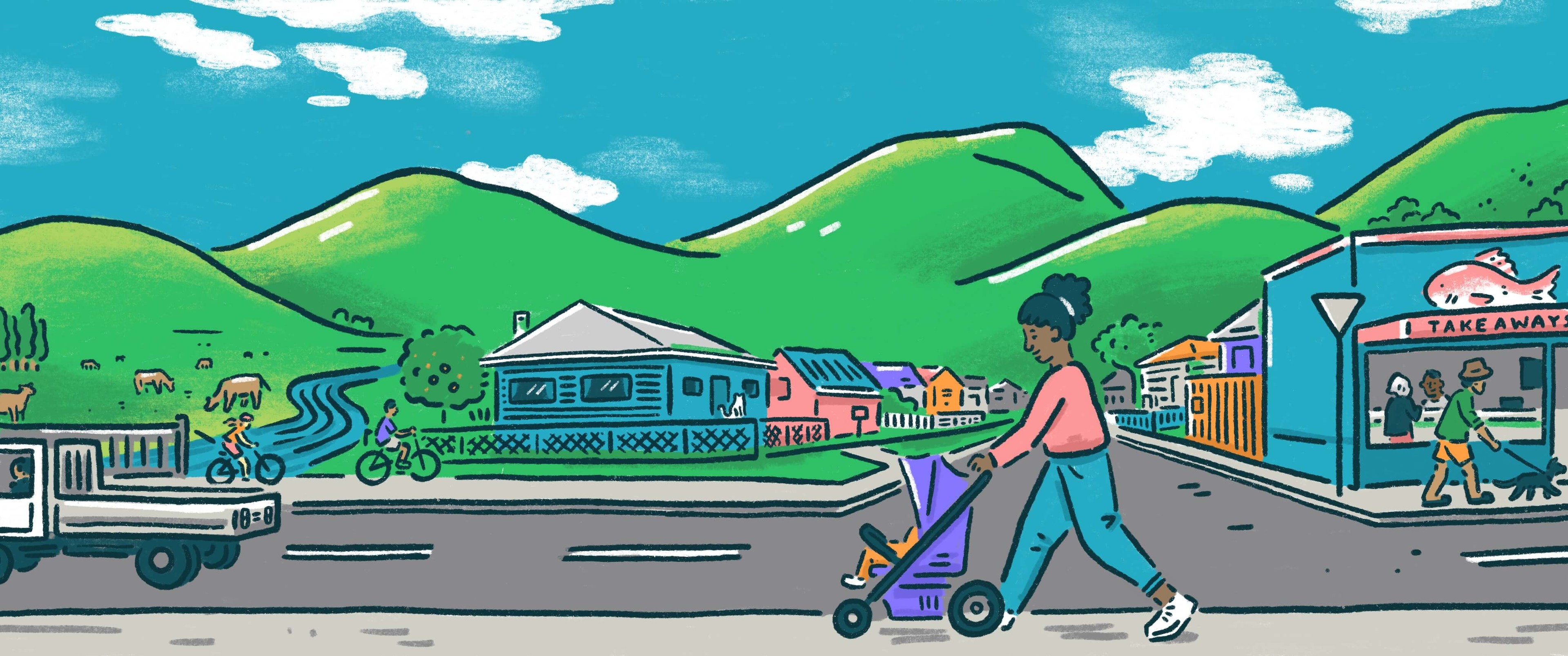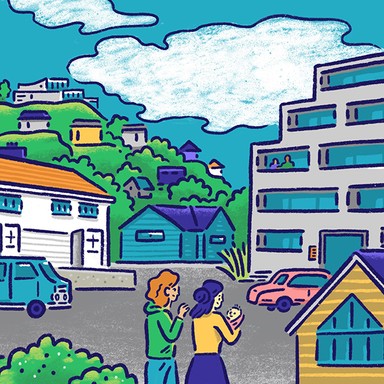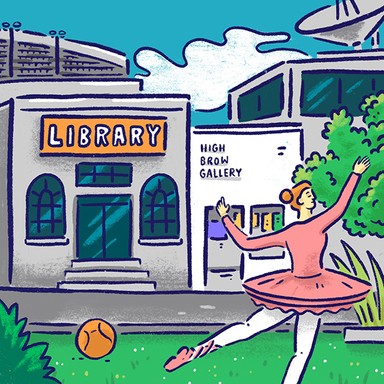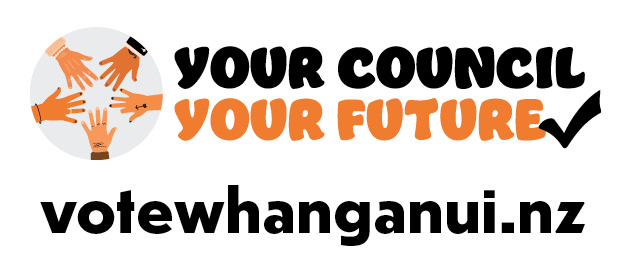
Whanganui District Council

Housing and planning
Local councils are responsible for land use planning under the Resource Management Act, which affects where and how new houses are constructed, as well as the design of cities and towns. In some areas, councils also provide housing to those who need it most.

Housing and planning
Local councils are responsible for land use planning under the Resource Management Act, which affects where and how new houses are constructed, as well as the design of cities and towns. In some areas, councils also provide housing to those who need it most.
Increase council's funding contribution to address the local housing crisis by allocating more funding to implement the Housing Strategy.
Grow the council-owned housing portfolio (currently 275 units for older people).
Work across the council organisation and with district stakeholders to improve processes to incentivise subdivision and infill housing.
Implement a by-law for smaller units to be built on people's land at near no cost to the land owner.
Whanganui to reduce homelessness from 5.3% to 1.2% by 2025.
Evaluate every property in Whanganui to show how many potential and actual homes there are and their uses.
Enable un-utilised council land to be built upon for small and larger scale affordable homes.
Partner with private and public entities to see more affordable homes are built and ensure this happens in the next year.
Employ a healthy homes advisor and encourage all homeowners and landlords to be assessed for possible improvements.
Support the housing policy and adequately resource to allow for good outcomes.
Work and support our social entities to provide services and accommodation for our homeless.
Research around the world for good examples we can introduce to our region for housing density projects and results to social issues.
Encourage the redevelopment of inner city heritage buildings so upper levels are converted into apartments.
Invest in more council owned affordable housing units such as our existing retirement units. These cost the ratepayers nothing.
Ensure adequate land for development but also encourage infill housing in established suburbs. Infill housing is the best option.
Recognise that the provision of social housing is the responsibility of the taxpayer, not the ratepayer.
Seek proposals from Community Housing Providers to partner in building 75 Social Housing Units by 2025.
Realise the $10 million equity in Council's Housing Portfolio and reinvest in new social housing without affecting the tenancies of current tenants.
Simplify consent process so people can negotiate it. Ease council costs so it's not a hurdle to homeowners expanding for family.
Make sure there is good supply of industrial and commercial land to encourage business.
Consider existing environments and neighbourhoods before consenting in-fill housing.
Embolden council's plan to build more community social housing by partnering with central government and others to contribute to funding.
Attract central government funding and a provider to establish wrap around services like Housing First to support chronic homelessness.
Support further investigation into initiatives that will support young families into home ownership.
Build quality and affordable homes that people can buy from council or within a rent-to-buy scheme.
Activate unused green spaces to develop family friendly activities targeting the rangatahi (youth) of Whanganui.
Develop an indigenous housing plan with local iwi to ensure that Māori have opportunities for home ownership in partnership with council.
Provide affordable and suitable houses for senior people. One approved design. Production in Whanganui, closer to the port.
Establish fast production and supply of such houses. Second stage: delivery nationwide by barge.
Provide council land with small sections and pre-approved building consents for such retirement-homes.
Support emergency and night shelter housing.
Commit to being involved in RMA reform to ensure Whanganui's interests are served on resulting regional/national planning process.
Realistic remuneration, professional development and cadetships to allow Whanganui to develop, as well as attract and retain planning staff and knowledge.
Understand the issues around homelessness at the council table so that there can be a better unified response in meeting the problem.
Close the bottom block of Victoria Avenue to all but service traffic for a trial run. The timeframe would be agreed with the local retailers.
Work to have at least one green space developed on each of the Victoria Avenues' main shopping blocks.
Council policy on consents, planning and approvals is bureaucratic and costly. We need to cut the red tape and costs.
Agree to keep and if possible expand the portfolio of affordable pensioner housing. Work with agencies to reduce homelessness.
Establish an improved policy to establish and enhance our urban spaces and reserves. No more budget cuts.
Continue support for town center regeneration.
Create a requirement for large residential developments to include a percentage of low cost housing.
Open up more council land for low cost council owned housing.
Establish a homeless night shelter and provide access to basic facilities 24/7.
Review and revise the amount of freedom camping sites and provide one site for our homeless whānau (families) sleeping in their cars.
Ensure that freedom campers only stay in Whanganui iwi-designated areas and that council maintains those areas.
Increase council's funding contribution to address the local housing crisis by allocating more funding to implement the Housing Strategy.
Grow the council-owned housing portfolio (currently 275 units for older people).
Work across the council organisation and with district stakeholders to improve processes to incentivise subdivision and infill housing.
Implement a by-law for smaller units to be built on people's land at near no cost to the land owner.
Whanganui to reduce homelessness from 5.3% to 1.2% by 2025.
Evaluate every property in Whanganui to show how many potential and actual homes there are and their uses.
Enable un-utilised council land to be built upon for small and larger scale affordable homes.
Partner with private and public entities to see more affordable homes are built and ensure this happens in the next year.
Employ a healthy homes advisor and encourage all homeowners and landlords to be assessed for possible improvements.
Support the housing policy and adequately resource to allow for good outcomes.
Work and support our social entities to provide services and accommodation for our homeless.
Research around the world for good examples we can introduce to our region for housing density projects and results to social issues.
Encourage the redevelopment of inner city heritage buildings so upper levels are converted into apartments.
Invest in more council owned affordable housing units such as our existing retirement units. These cost the ratepayers nothing.
Ensure adequate land for development but also encourage infill housing in established suburbs. Infill housing is the best option.
Recognise that the provision of social housing is the responsibility of the taxpayer, not the ratepayer.
Seek proposals from Community Housing Providers to partner in building 75 Social Housing Units by 2025.
Realise the $10 million equity in Council's Housing Portfolio and reinvest in new social housing without affecting the tenancies of current tenants.
Simplify consent process so people can negotiate it. Ease council costs so it's not a hurdle to homeowners expanding for family.
Make sure there is good supply of industrial and commercial land to encourage business.
Consider existing environments and neighbourhoods before consenting in-fill housing.
Embolden council's plan to build more community social housing by partnering with central government and others to contribute to funding.
Attract central government funding and a provider to establish wrap around services like Housing First to support chronic homelessness.
Support further investigation into initiatives that will support young families into home ownership.
Build quality and affordable homes that people can buy from council or within a rent-to-buy scheme.
Activate unused green spaces to develop family friendly activities targeting the rangatahi (youth) of Whanganui.
Develop an indigenous housing plan with local iwi to ensure that Māori have opportunities for home ownership in partnership with council.
Provide affordable and suitable houses for senior people. One approved design. Production in Whanganui, closer to the port.
Establish fast production and supply of such houses. Second stage: delivery nationwide by barge.
Provide council land with small sections and pre-approved building consents for such retirement-homes.
Support emergency and night shelter housing.
Commit to being involved in RMA reform to ensure Whanganui's interests are served on resulting regional/national planning process.
Realistic remuneration, professional development and cadetships to allow Whanganui to develop, as well as attract and retain planning staff and knowledge.
Understand the issues around homelessness at the council table so that there can be a better unified response in meeting the problem.
Close the bottom block of Victoria Avenue to all but service traffic for a trial run. The timeframe would be agreed with the local retailers.
Work to have at least one green space developed on each of the Victoria Avenues' main shopping blocks.
Council policy on consents, planning and approvals is bureaucratic and costly. We need to cut the red tape and costs.
Agree to keep and if possible expand the portfolio of affordable pensioner housing. Work with agencies to reduce homelessness.
Establish an improved policy to establish and enhance our urban spaces and reserves. No more budget cuts.
Continue support for town center regeneration.
Create a requirement for large residential developments to include a percentage of low cost housing.
Open up more council land for low cost council owned housing.
Establish a homeless night shelter and provide access to basic facilities 24/7.
Review and revise the amount of freedom camping sites and provide one site for our homeless whānau (families) sleeping in their cars.
Ensure that freedom campers only stay in Whanganui iwi-designated areas and that council maintains those areas.
Mayor
Compare the mayoral candidates in your area
Local council
Compare the candidates for your city or district council
Regional council
Compare the candidates for your regional council
Local board
Compare the candidates for your local or community board









